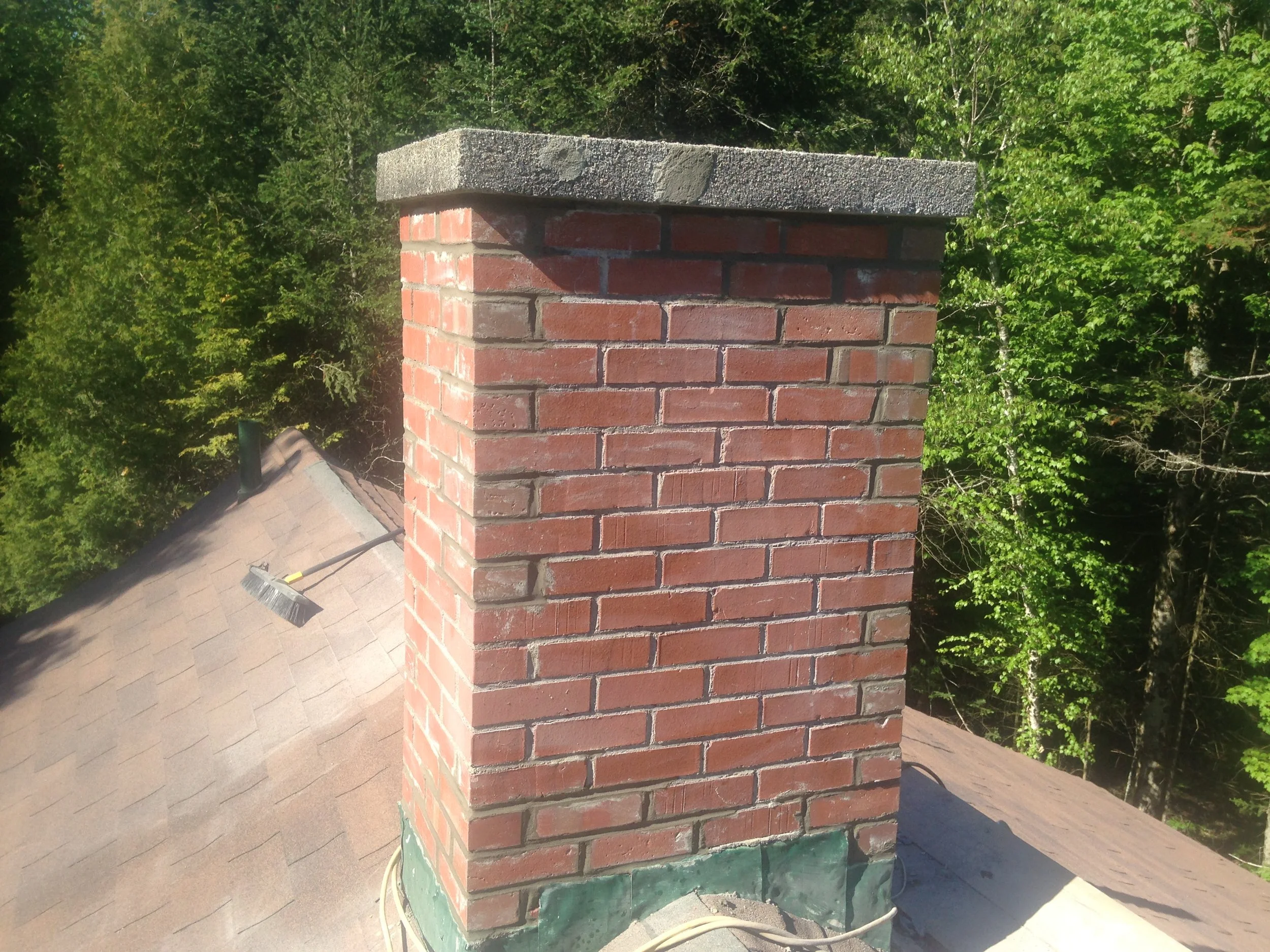0
items
$0
Frequently Asked Questions
Whether you’re getting an outdoor fireplace installed, a stainless steel liner put in your chimney, or a brick wall repaired outside of your business there are always a lot of questions about the process. We hope these help to answer any you may have!
How often should I have my chimney cleaned?
That question really depends on how often you burn, what you burn and how you burn. A wood stove typically needs to be cleaned more often than a fireplace because most homeowners use woodstoves as a heating source where as a fireplace is typically used less. Oil and gas should be inspected annually to determine if a cleaning is needed.
What is the process of cleaning a chimney?
Every situation is unique and no two chimneys are the same. In many cases we clean from the bottom up. For a furnace flue, we disconnect the connecting pipe, using a stainless-steel brush that ascends up the chimney on a continuous rod. The access soot is the vacuumed out and the pipe reconnected.
For a fireplace, we seal off the opening, and clean it from the roof down, vacuuming out all soot including behind the damper.
For a woodstove, we clean it from the cleanout door up to the rooftop many times using the stainless steel brush system, but when needed we use a rotating brush. We then disconnect the stovepipe and thoroughly clean it and vacuum out the smoke chamber, which is very important for proper air flow.
Is there anything I need to do to prepare to have my chimney cleaned?
We ask that you do not use your woodstove or fireplace for 24 hours prior to your scheduled cleaning.
What is the purpose of a chimney cap?
A chimney cap helps prevent water, animals and debris from entering your chimney. It also can prevent problems caused by down drafts.
What is repointing?
Repointing is grinding out old crumbling and cracked mortar joints (mortar in between brick) and then replacing it with new mortar.
How do you know when you need a chimney liner?
Here are the most common reasons:
~ Your chimney is unlined
~ Your chimney is lined with terra cotta flue tiles that have cracked, shifted, and/or deteriorated.
~ A furnace is not sized properly to the chimney
~ You had a chimney fire and it caused damage to the flue.
Why do I need a Chimney Liner?
A chimney liner is like the exhaust on your vehicle if it does not function properly or there isn’t one you and your family would inhale toxic fumes. Your chimney liner does the same thing so it needs to be free and clear of any blockages, as well as structurally sound to ensure all fumes and toxic gases exit your home properly.
What’s the difference between a block chimney and a brick chimney?
A block chimney with a terra cotta flue is designed to vent oil or gas appliances. The problem with using this same chimney for a wood burning appliance is that the blocks really are not made to withstand the heat being put out and in too many cases the flue will crack. If a stainless-steel liner is installed and insulated; then it can be safely used for wood. A brick chimney is more attractive, especially if the chimney will be viewed in the living area and the bricks are better designed to handle the heat, because they are made of clay not cinder.
What is the difference with a chimney with a terra cotta flue vs. a chimney with a stainless-steel liner?
When properly installed, a terra cotta flue can last a long time, however when exposed to intense heat a terra cotta flue can crack. A stainless-steel liner, when properly installed comes with a life time warranty, it will not crack when exposed to intense heat.
How high above the roof does my chimney need to be?
There is a 2’ minimum, second rule of thumb is 2’ for every 10’ below the peak.
What is the purpose of a chimney cap?
#1 reason is if you have a down draft, the cap prevents back puffing.
#2 reason is the reoccurrence of water in the clean out door area, due to rain or snow entering the opening of the chimney.
#3 reason is to stop critters like squirrels, bats, ect. from entering your house.
Why do I have creosote leaking from my chimney?
Many times it is because the mortar between the flues has disintegrated over time, or if the flue tiles were dry stacked to begin with, meaning the mason never put mortar between the flues. The creosote can leak into the bricks or blocks surrounding the flues, causing a stain and sometimes an odor.
Another reason, too much volume in the chimney for the stove that is using it. This causes condensation and creosote to combine and seep through. In either case a stainless-steel liner can be installed to properly vent your wood stove.
How much will this cost?
We’re always happy to provide estimates!
